Outside of the boogey man, no image conjures greater nighttime terror than that of the bed bug. Itchy bites, crawling hordes and ruined furniture follow these fearsome feasters down their nocturnal path. Welts, sheds, and bed bug stains may mean you’ve got a bed bug infestation brewing in your bedroom.
Bed bugs are one of the most difficult pests to get rid of. You’ll want to identify them quickly and act even more quickly if you’ve got them. Identification can be tricky – bed bugs like to hide in tight spots like mattress seams during the day. We don’t want you to lose sleep over pest problems, so we’ve tried to answer all your bed bug questions here. Hopefully, these answers will help you identify a potential bed bug problem and explain how to best respond.
Why Do Bed Bugs Bite?
We’ve all been warned not to let the bed bugs bite, but why do they want to torment us in our sleep? The short answer is food. Bed bugs need the protein from your blood to molt and mature into their adult form.
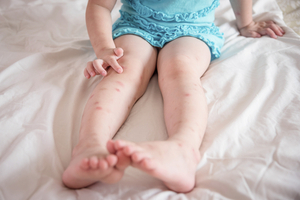
Like mosquitoes, bed bugs have an elongated beak that they use to probe through your skin and into your blood vessels. They will feed for up to ten minutes until engorged and then hide again.
Mature females also use that nutrition to produce and lay their eggs. A female will average one egg/day and lay up to 250 eggs in her lifetime. While these numbers are low relative to other insects, you don’t want bed bugs propagating in your bedroom.
What Do Bed Bug Bites Look Like?
If you’re reading this, chances are you woke up with suspicious bites on your skin that weren’t there the night before. Bed bug bites are similar to mosquito bites and can be easily confused with them.
Bed bug bites appear as small, pink and puffy spots with darker coloring in the center. They may or may not itch. While bed bugs can bite you anywhere, they usually concentrate in areas that were exposed while sleeping like hands, wrists, ankles, neck, and face. Bites usually occur in lines or irregular zig-zagging clusters and can accumulate over many nights.
The size of the bites will vary depending on your body’s reaction. People who are more sensitive or allergic will display larger bites. If you scratch your bites, they may become inflamed. Keep bites clean and use an antibacterial if they appear infected.
What Do Bed Bugs Look Like?
Now that we know what bed bug bites looks like, let’s identify the culprit behind them. A live bed bug sighting will be definite confirmation that you have a problem.
Bed bugs are tiny, Appleseed-sized insects. They are flat and oval shaped with horizontal ridges across their bodies. Bed bugs don’t have wings, but they are very fast movers.
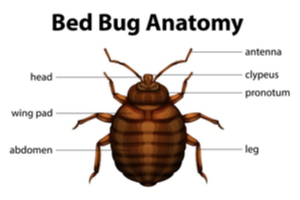
Bed bug nymphs are significantly smaller than the adults and may be difficult to spot. Check the EPA webpage for further info on identifying bed bugs at all stages.
What Does Bed Bug Shedding Look Like?
Growing bed bugs molt – or shed their outer skin – after each time they feed. They go through five stages of molting before they reach full maturity. During each stage, bed bugs leave behind their shed skins, which you might notice accumulating around your home and on your furniture.
A bug shed appears in the shape of an actual bug but is an abandoned hollow exoskeleton. They are pale and yellow and in color. Bed bug sheds are a sure sign of infestation and can be vacuumed up to remove.
What Do Different Types of Bed Bug Residue Look Like?
Bed bugs will leave behind several types of evidence that tie them to nighttime activities in your home or even you car. If you uncover any of the following at your crime scene, you probably have bed bugs:
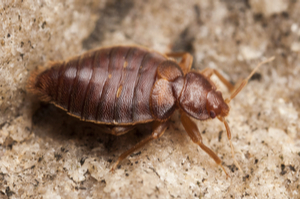
Bed bug dirt. Bed bug waste is often confused with dirt because of its dark flaky appearance. Bed bug droppings are tiny, raised, brown or black smears. A sure way to test if the “dirt” you discover is bed bug fecal matter is to dab it with a wet paper towel. If the color turns from black to red, you’ve got bed bug poop.
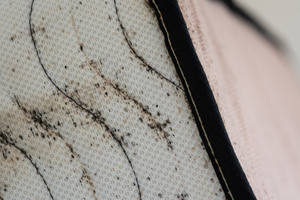
Bed bug rust stains. Bed bugs are sloppy eaters and messy roommates. You may wake up to find reddish smears on your bed linens. Unfortunately, this is your own blood. Bedbugs use an anti-coagulant to keep your blood flowing while they feast. Once they’re finished, your blood may drip on them and the bed, causing the bed bug streaks and stains you see.
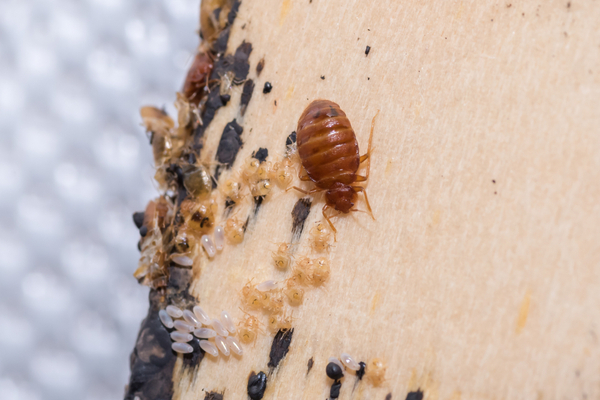
Bed bug eggs and egg casings. Bed bug eggs are tiny – about the size of a pin head – and will appear in small, rice-shaped, pearl colored clusters. Bed bugs lay their eggs in warm, quiet places like mattress folds, box springs, wall cracks and along baseboards where they won’t be disturbed. They use and adhesive to glue the eggs in place until the nymphs hatch – which happens in 6-10 days depending on the temperature.
Do Bed Bugs Smell?
Yes. A sweet or musty odor is another sign you may be invaded by bed bugs. Bed bugs secrete hormones from scent glands to mark their homes and feeding sites. The smell has been described as similar to “damp towel” or coriander depending on who you talk to.
This bed bug odor will be strongest around the places they hide and feed. It may be difficult to identify, so look for it in association with other signs in areas like your headboard, the corners of your mattress and under your box spring. If you are a frequent traveler, this may be a good way to stay alert for new companions.
I Have Bed Bugs, Now What?
If you’ve confirmed that you have bed bugs through one or more of the signs above, you’ll want to act fast to get rid of them. The main methods to treat bed bugs are heat, cold and chemicals. A combination of methods may be most effective.
Bed bugs don’t like hot temperatures. Throwing anything affected by bed bugs in the dryer on high heat for 20 minutes will kill them. If you travel frequently, you may want to do this with your belongings when you get home. Bed bugs are notorious hitch hikers and spread through high-travel areas like hotels and airplanes.
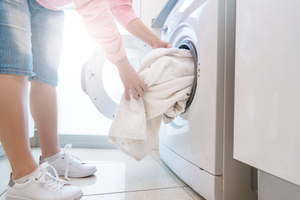
While using your clothes dryer is a great option to kill bed bugs, it may not address a larger infestation and it won’t find them in all the areas that bed bugs hide. A pest control professional can assess and treat your home to make sure every bed bug is dealt with. Heat treatment is expensive but has proven to be very reliable for getting rid of bed bugs. We use portable heaters to raise the temperature in your home above 120 degrees for several hours to essentially bake all the bed bugs away.
Bed Bug Extermination in Michigan
If you have more questions about bed bugs or would like one of our pest control technicians to scour your home for signs of bed bugs, we’d love to hear from you. Call or contact Griffin today and make sure you sleep well tonight.


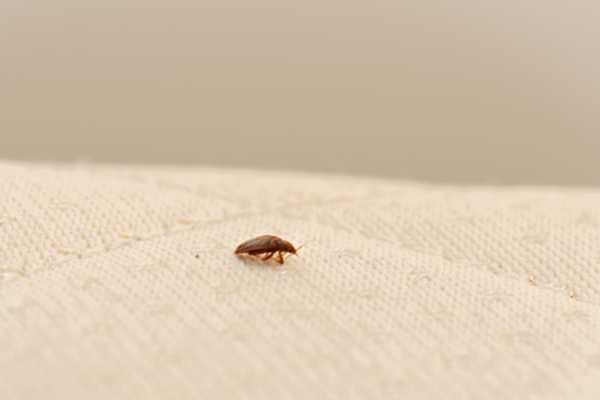
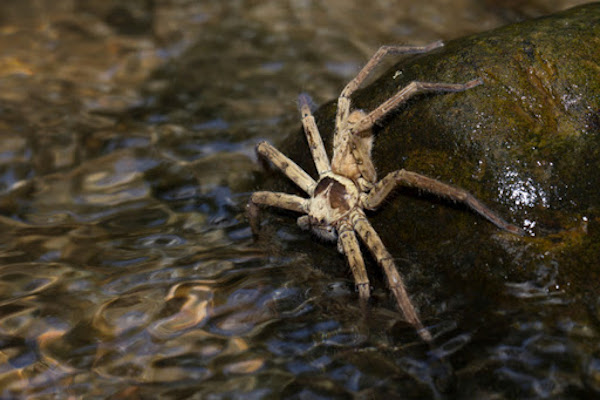
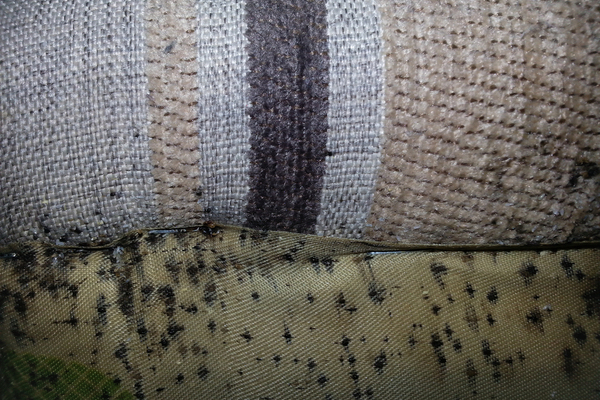
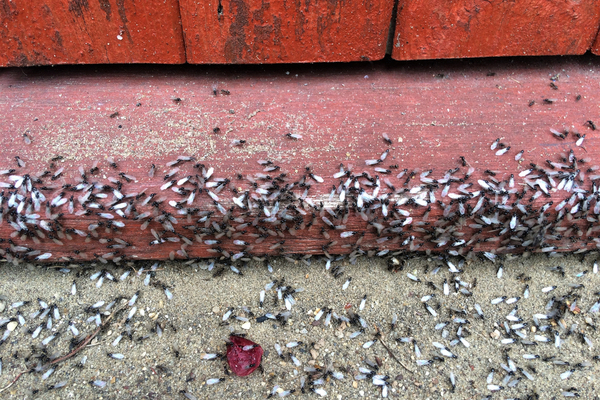
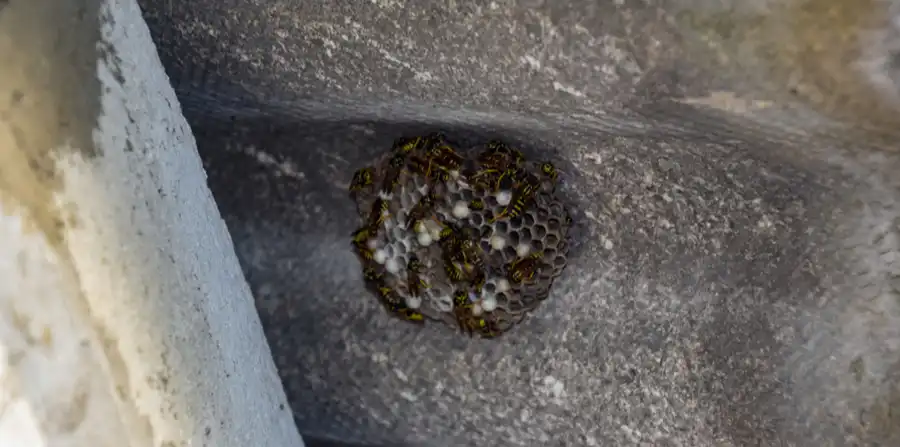
 There’s one, very clear reason why you never want termites: they’re the most destructive wood pest in the US. Termite colonies eat and bore through wood, creating cavities that compromise wood’s structural integrity. Every year, termites cause
There’s one, very clear reason why you never want termites: they’re the most destructive wood pest in the US. Termite colonies eat and bore through wood, creating cavities that compromise wood’s structural integrity. Every year, termites cause  No common neighborhood pest inspires terror quite like the wasp. It’s not difficult to understand why. Virtually everyone has a wasp sting horror story. The insects are notoriously territorial, aggressive, and unafraid to sting. Wasps are at their most frustrating and dangerous when they build nests near homes. When a wasp nest is right outside your door, it’s all-too-easy to seem threatening to its defenders. Wasps are especially
No common neighborhood pest inspires terror quite like the wasp. It’s not difficult to understand why. Virtually everyone has a wasp sting horror story. The insects are notoriously territorial, aggressive, and unafraid to sting. Wasps are at their most frustrating and dangerous when they build nests near homes. When a wasp nest is right outside your door, it’s all-too-easy to seem threatening to its defenders. Wasps are especially 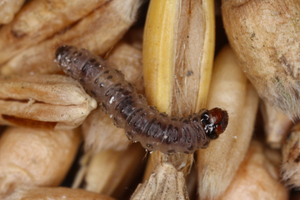 There are several kinds of pest that love to infest pantries. The worst thing about these pests is that, contrary to popular belief, they’re not just eating your food. They’re often
There are several kinds of pest that love to infest pantries. The worst thing about these pests is that, contrary to popular belief, they’re not just eating your food. They’re often  Sure, bed bugs aren’t as damaging or dangerous as any of the other pests on this list. But what if you had to choose one of these four infestations? We’re betting you’d choose any of the aforementioned pests before you subjected yourself to bed bugs. We don’t blame you! Bed bugs are probably the most upsetting common pest infestation in the US. And they are common, too–
Sure, bed bugs aren’t as damaging or dangerous as any of the other pests on this list. But what if you had to choose one of these four infestations? We’re betting you’d choose any of the aforementioned pests before you subjected yourself to bed bugs. We don’t blame you! Bed bugs are probably the most upsetting common pest infestation in the US. And they are common, too–
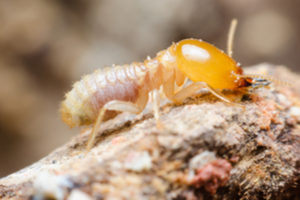 Did you know that termites never sleep? In fact,
Did you know that termites never sleep? In fact, 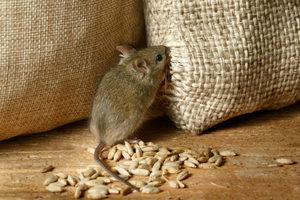 Nobody wants
Nobody wants 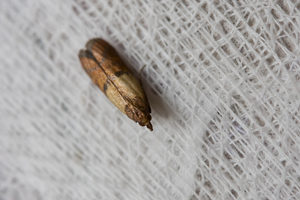 There are two main “categories” of pest moth:
There are two main “categories” of pest moth: 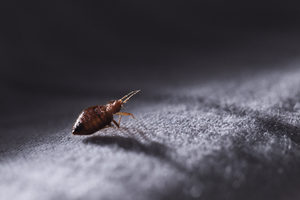 This one seems particularly obvious.
This one seems particularly obvious.